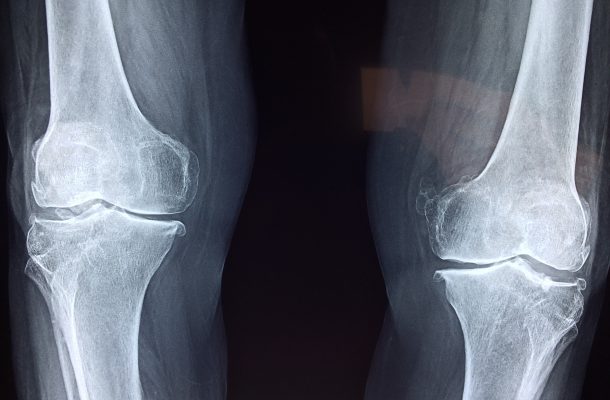Knee replacement rehab in private hospitals is costing us all

Rates of inpatient rehabilitation after total knee replacement are increasing in Australia at a time when they are declining overseas, despite evidence that the outcomes for the majority of patients are no better than home- or community-based rehabilitation.
The authors of an investigation published in the Medical Journal of Australia have found that the most important determinant of whether a patient is admitted to inpatient rehabilitation was the hospital in which the procedure was performed.
“This factor was substantially more important than the clinical profile of the patient; that is, the same patient may enter different rehabilitation pathways according to the hospital in which they were operated,” the authors, led by Dr Chris Schilling, Associate Director of KPMG Australia, wrote.
The researchers analysed de-identified Medibank administrative claims data and hospital casemix protocol data for 35 389 patients aged 40–89 years who had not previously undergone hip or knee replacement, and who received an acute primary, unilateral total knee replacement in private hospitals during January 2009 – December 2016.
The authors analysed length-of-stay data for the acute procedure and the associated inpatient rehabilitation admission, as well as patient characteristics, including age, sex, socio-economic status, living alone, smoking, comorbid conditions, and hospital claims during the 12 months preceding surgery.
Provider information included unique identifiers for each of the 170 hospitals in which the surgery was performed and the 1254 surgeons who performed the total knee replacements.
“The inpatient rehabilitation rate increased from 31% in 2009 to 45% in 2016,” Schilling and colleagues wrote. “Over the same period, the proportions of patients who were aged 70 or more, lived alone, or had comorbid conditions also increased. These latter changes accounted for almost one-third of the total increase in inpatient rehabilitation rate.”
The mean length of stay for the acute procedure declined from 7.1 days in 2009 to 5.4 days in 2016, and this change accounted for 15% of the increase in inpatient rehabilitation rates.
But, the authors wrote, “our analysis suggests that less than half of the increase in Australia can be explained by a higher proportion of complex patients and reduced acute surgery admission LOS; 50% of the increase was therefore unexplained”. They also noted that “improved techniques for total knee replacement … would be expected to reduce rather than increase the need for inpatient rehabilitation.”
“When combined with clinical findings that inpatient rehabilitation provides no more clinical benefit for uncomplicated patients than home or community rehabilitation, our results provide compelling evidence that at least some of inpatient rehabilitation in hospitals with high rates is low value care,” Schilling and colleagues wrote.
“Clinical outcomes evidence has consistently indicated that inpatient rehabilitation is not superior to community- and home-based rehabilitation, suggesting that health care system costs can be reduced without harming patient outcomes.
“Reducing low value care will require system-level changes to guidelines and incentives for hospitals, as hospital-related factors are the major driver of variation in inpatient rehabilitation practices.”
Open Forum is a policy discussion website produced by Global Access Partners – Australia’s Institute for Active Policy. We welcome contributions and invite you to submit a blog to the editor and follow us on Twitter, Facebook, Linkedin and Mastadon.









